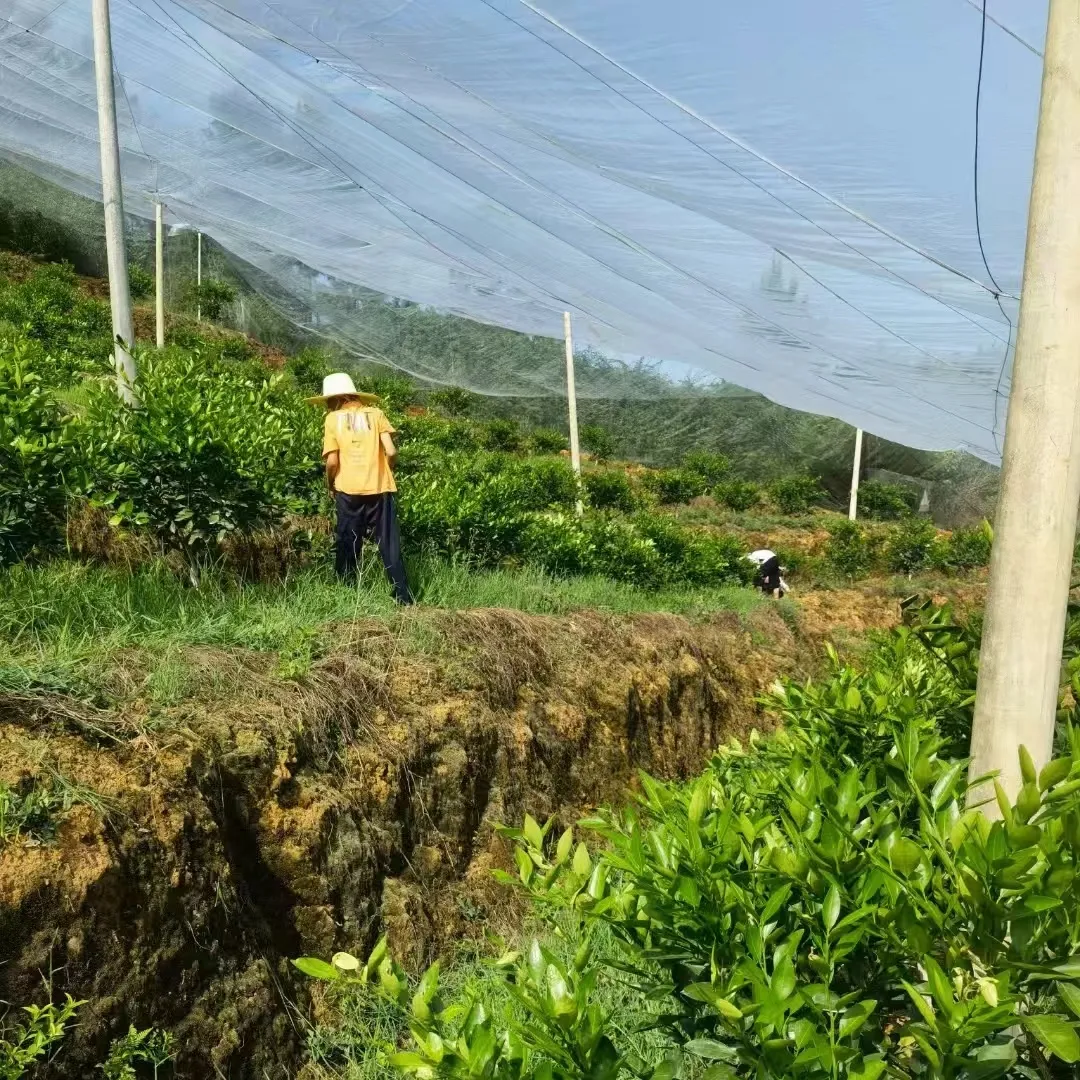-
 Afrikaans
Afrikaans -
 Albanian
Albanian -
 Amharic
Amharic -
 Arabic
Arabic -
 Armenian
Armenian -
 Azerbaijani
Azerbaijani -
 Basque
Basque -
 Belarusian
Belarusian -
 Bengali
Bengali -
 Bosnian
Bosnian -
 Bulgarian
Bulgarian -
 Catalan
Catalan -
 Cebuano
Cebuano -
 China
China -
 Corsican
Corsican -
 Croatian
Croatian -
 Czech
Czech -
 Danish
Danish -
 Dutch
Dutch -
 English
English -
 Esperanto
Esperanto -
 Estonian
Estonian -
 Finnish
Finnish -
 French
French -
 Frisian
Frisian -
 Galician
Galician -
 Georgian
Georgian -
 German
German -
 Greek
Greek -
 Gujarati
Gujarati -
 Haitian Creole
Haitian Creole -
 hausa
hausa -
 hawaiian
hawaiian -
 Hebrew
Hebrew -
 Hindi
Hindi -
 Miao
Miao -
 Hungarian
Hungarian -
 Icelandic
Icelandic -
 igbo
igbo -
 Indonesian
Indonesian -
 irish
irish -
 Italian
Italian -
 Japanese
Japanese -
 Javanese
Javanese -
 Kannada
Kannada -
 kazakh
kazakh -
 Khmer
Khmer -
 Rwandese
Rwandese -
 Korean
Korean -
 Kurdish
Kurdish -
 Kyrgyz
Kyrgyz -
 Lao
Lao -
 Latin
Latin -
 Latvian
Latvian -
 Lithuanian
Lithuanian -
 Luxembourgish
Luxembourgish -
 Macedonian
Macedonian -
 Malgashi
Malgashi -
 Malay
Malay -
 Malayalam
Malayalam -
 Maltese
Maltese -
 Maori
Maori -
 Marathi
Marathi -
 Mongolian
Mongolian -
 Myanmar
Myanmar -
 Nepali
Nepali -
 Norwegian
Norwegian -
 Norwegian
Norwegian -
 Occitan
Occitan -
 Pashto
Pashto -
 Persian
Persian -
 Polish
Polish -
 Portuguese
Portuguese -
 Punjabi
Punjabi -
 Romanian
Romanian -
 Russian
Russian -
 Samoan
Samoan -
 Scottish Gaelic
Scottish Gaelic -
 Serbian
Serbian -
 Sesotho
Sesotho -
 Shona
Shona -
 Sindhi
Sindhi -
 Sinhala
Sinhala -
 Slovak
Slovak -
 Slovenian
Slovenian -
 Somali
Somali -
 Spanish
Spanish -
 Sundanese
Sundanese -
 Swahili
Swahili -
 Swedish
Swedish -
 Tagalog
Tagalog -
 Tajik
Tajik -
 Tamil
Tamil -
 Tatar
Tatar -
 Telugu
Telugu -
 Thai
Thai -
 Turkish
Turkish -
 Turkmen
Turkmen -
 Ukrainian
Ukrainian -
 Urdu
Urdu -
 Uighur
Uighur -
 Uzbek
Uzbek -
 Vietnamese
Vietnamese -
 Welsh
Welsh -
 Bantu
Bantu -
 Yiddish
Yiddish -
 Yoruba
Yoruba -
 Zulu
Zulu
sun shade netting
Choosing the Right Sun Shade Netting for Your Needs
As the sun's rays grow increasingly intense, protecting plants, outdoor spaces, and even ourselves from harmful UV radiation becomes paramount. One effective solution is the use of sun shade netting, which provides versatile protection while allowing air and light to penetrate. This article will explore the benefits, types, and applications of sun shade netting, ensuring you make an informed choice for your needs.
Sun shade netting is designed to reduce sunlight intensity and provide shade, with varying degrees of UV protection. These nets come in different densities, typically ranging from 30% to 90% shading capacity. The percentage indicates the amount of sunlight that is filtered out – lower percentages allow more light to pass through, making them suitable for certain plants that thrive in partial sunlight, while higher percentages are better for more delicate species requiring protection from direct sun exposure.
One of the primary advantages of sun shade netting is its ability to lower temperatures in a specific area. In gardens, for instance, shade netting helps maintain optimal growing conditions during the scorching summer months, reducing heat stress on plants. This not only ensures the health of various species but also promotes enhanced growth and productivity. Furthermore, sun shade netting can protect fruits and vegetables from sunburn, preserving their quality for longer.
sun shade netting

In addition to gardening applications, shade netting is useful in other outdoor settings. For example, if you have a patio or outdoor seating area, installing shade netting can create a comfortable environment, allowing you to enjoy your space without being overwhelmed by the heat. Likewise, it serves well at playgrounds or picnic areas, ensuring children and families can play and relax safely under shaded conditions.
Sun shade netting is also highly durable and designed to withstand various weather conditions, from strong winds to persistent rain. The materials used in manufacturing these nets, such as high-density polyethylene, ensure longevity and resistance to fading. Additionally, many shade nets are available in various colors, allowing you to choose one that complements your aesthetic preferences.
In conclusion, sun shade netting is an invaluable asset in both agricultural and recreational contexts. By selecting the right density and applying it to your specific needs, you can create a more comfortable environment while ensuring the protection and growth of plants. As the sun continues to shine brightly, investing in quality shade netting will undoubtedly enhance your outdoor experiences.
-
Shipping Plastic Bags for Every NeedNewsJul.24,2025
-
Safety Netting: Your Shield in ConstructionNewsJul.24,2025
-
Plastic Mesh Netting for Everyday UseNewsJul.24,2025
-
Nylon Netting for Every UseNewsJul.24,2025
-
Mesh Breeder Box for Fish TanksNewsJul.24,2025
-
Expanded Steel Mesh Offers Durable VersatilityNewsJul.24,2025











